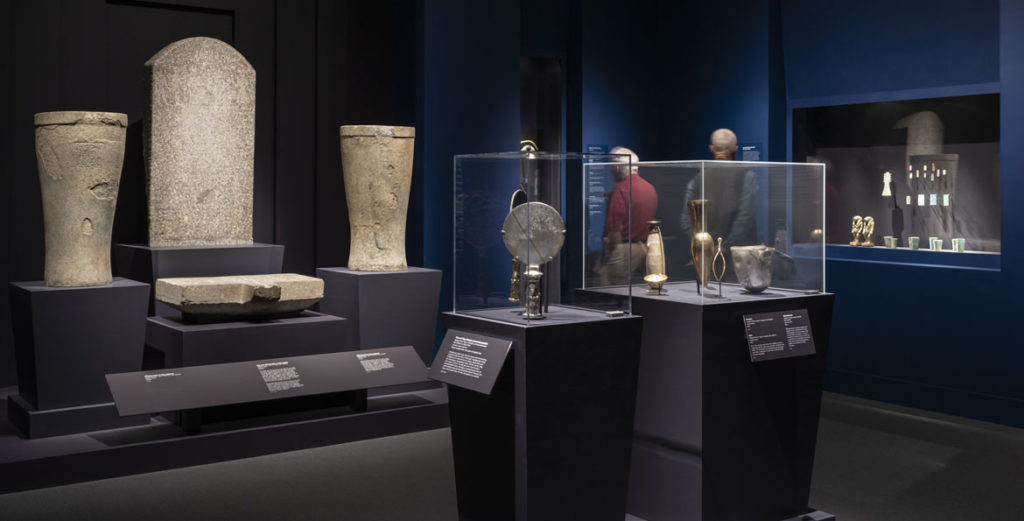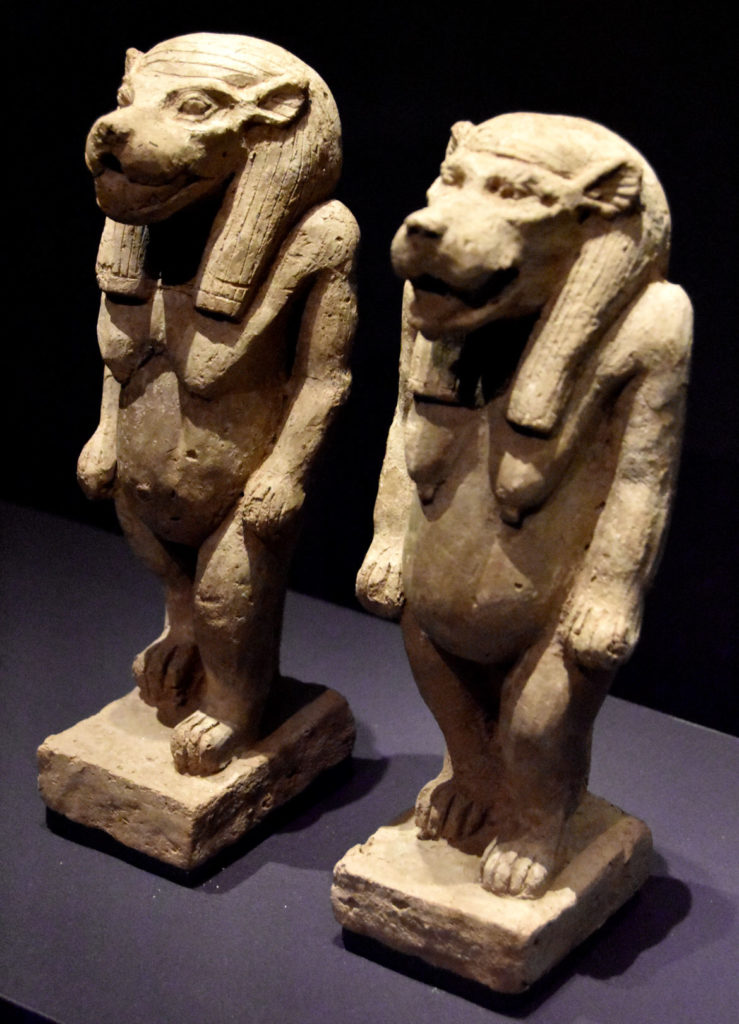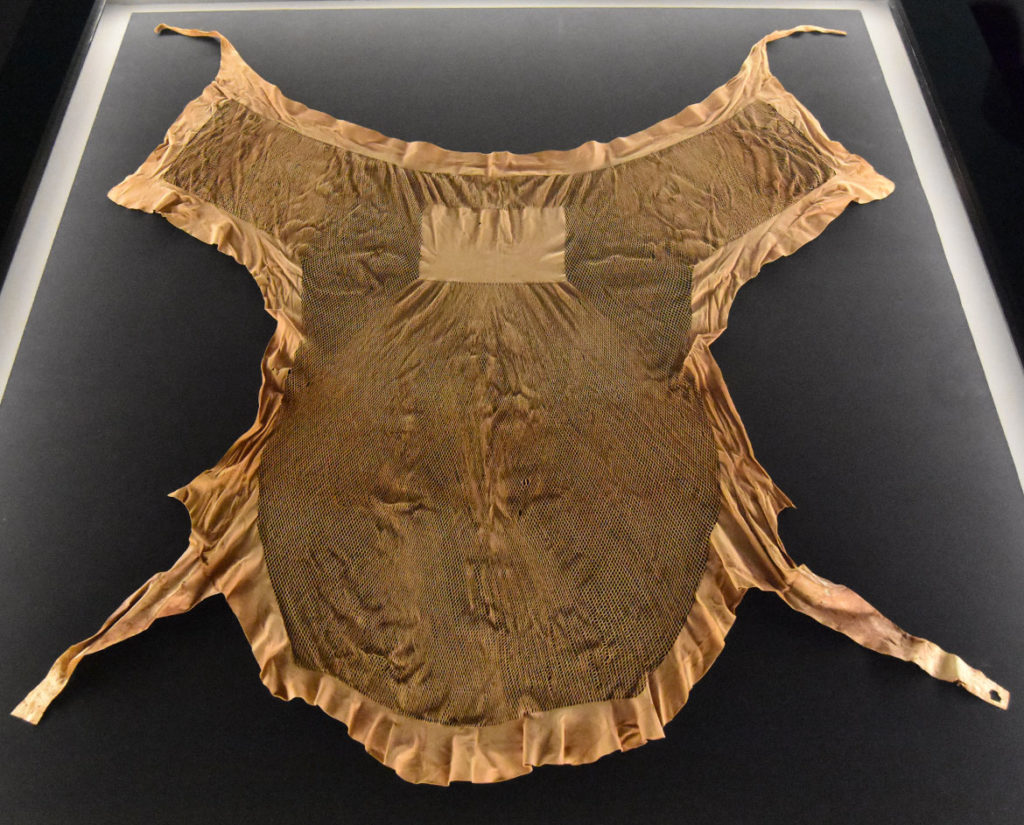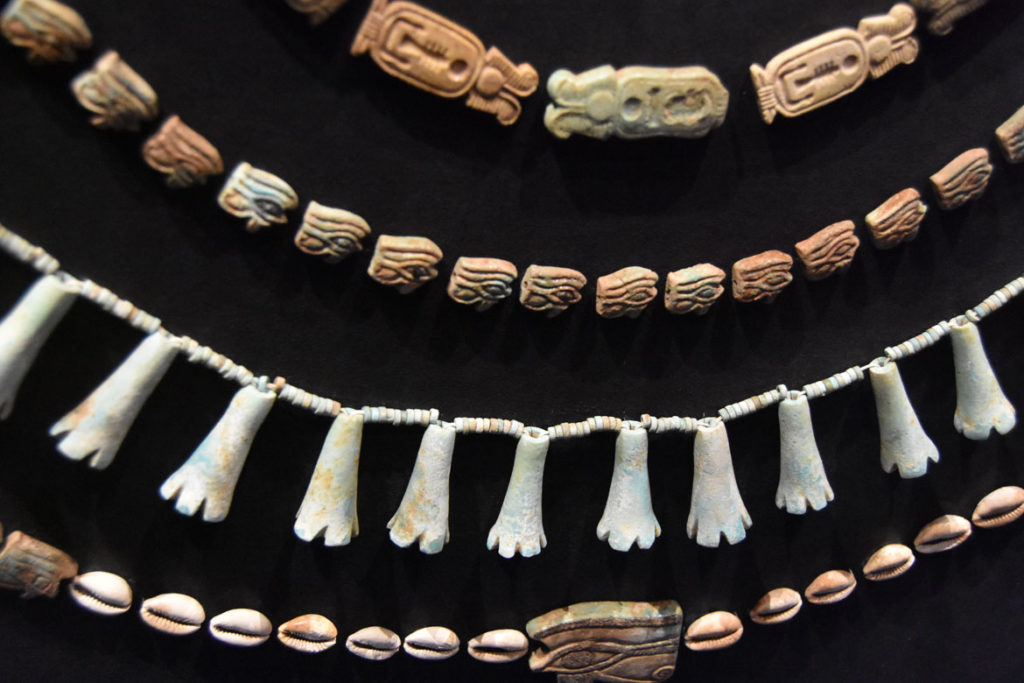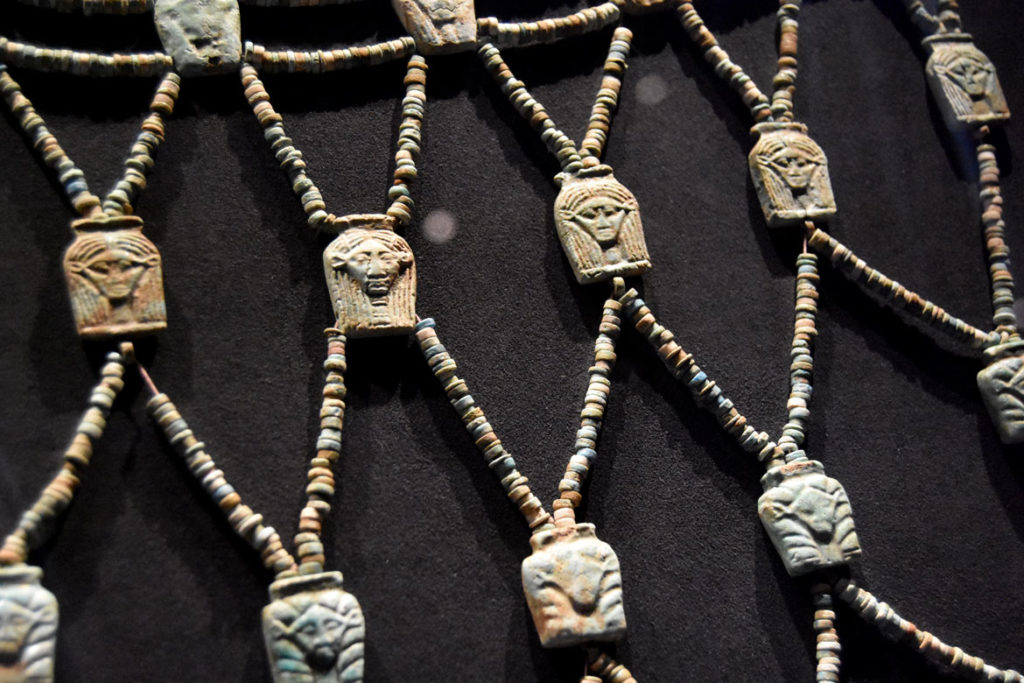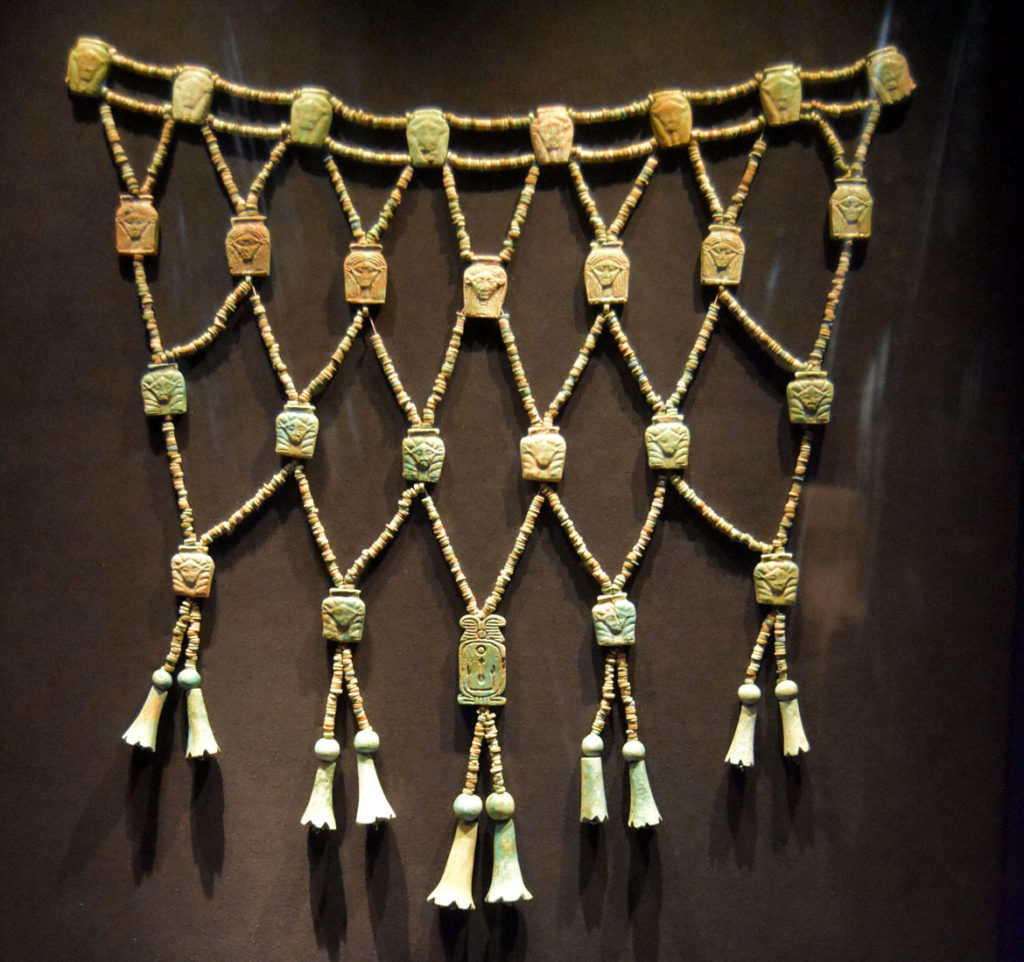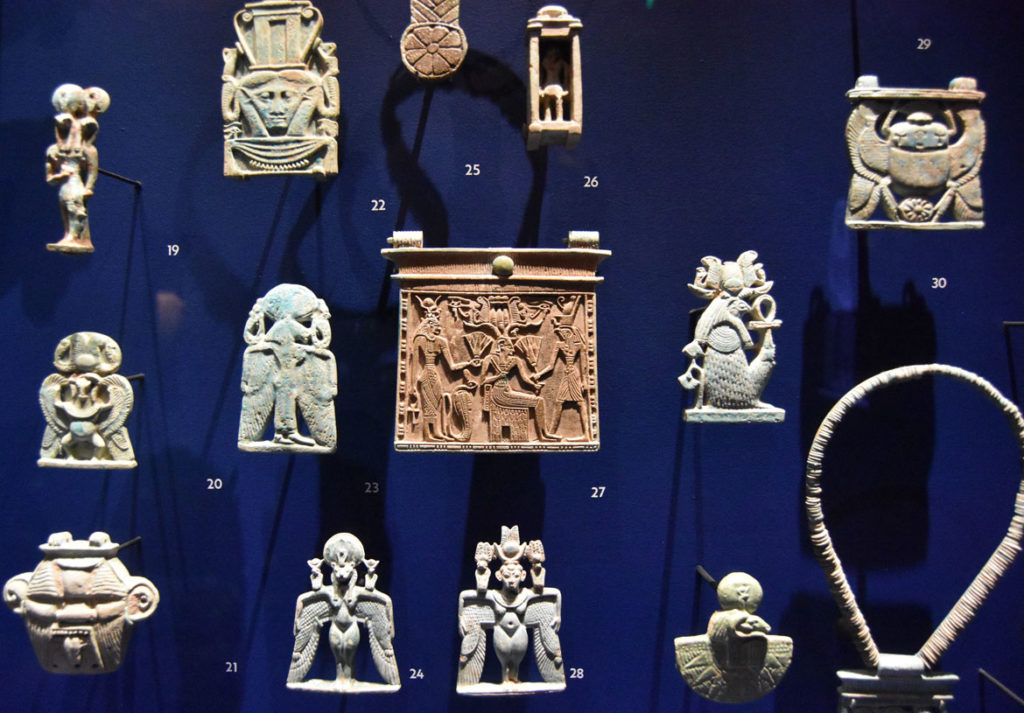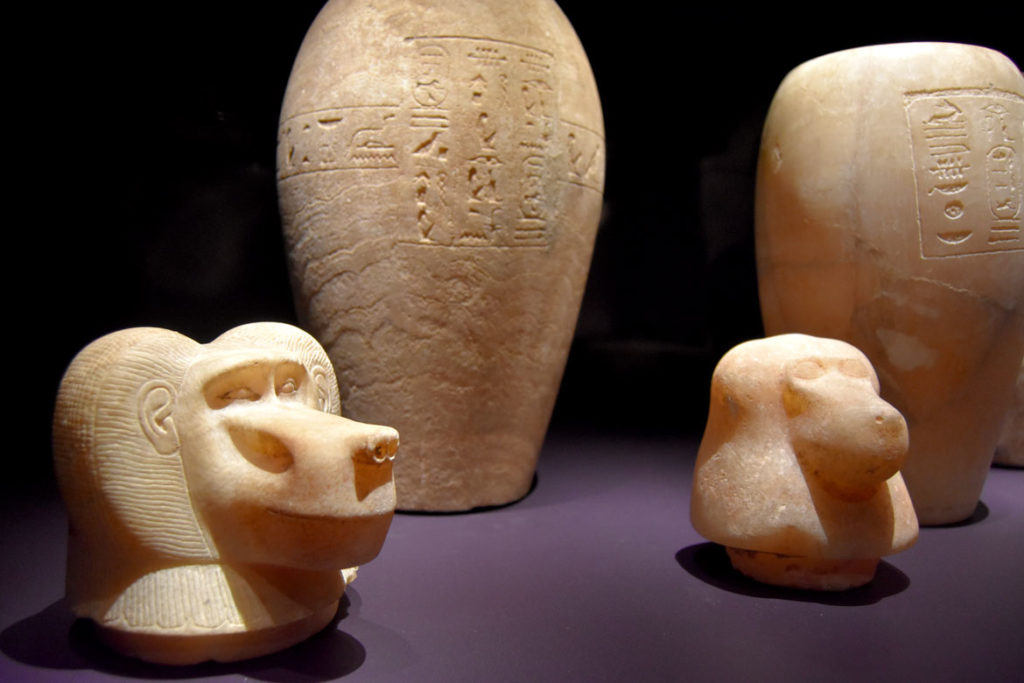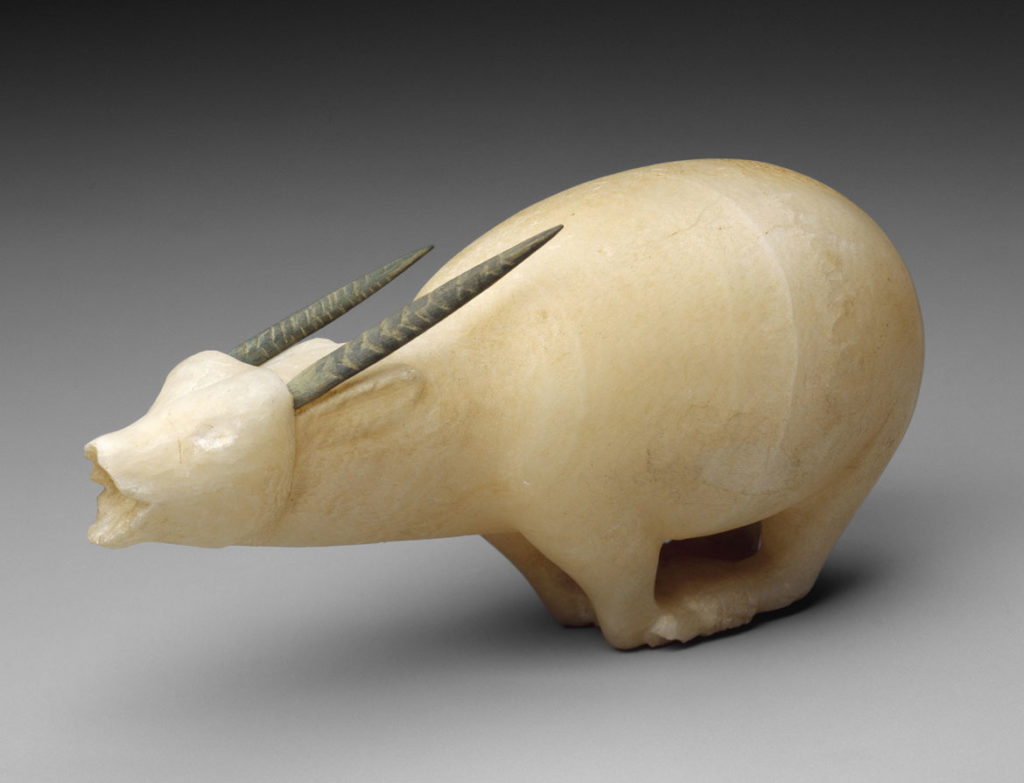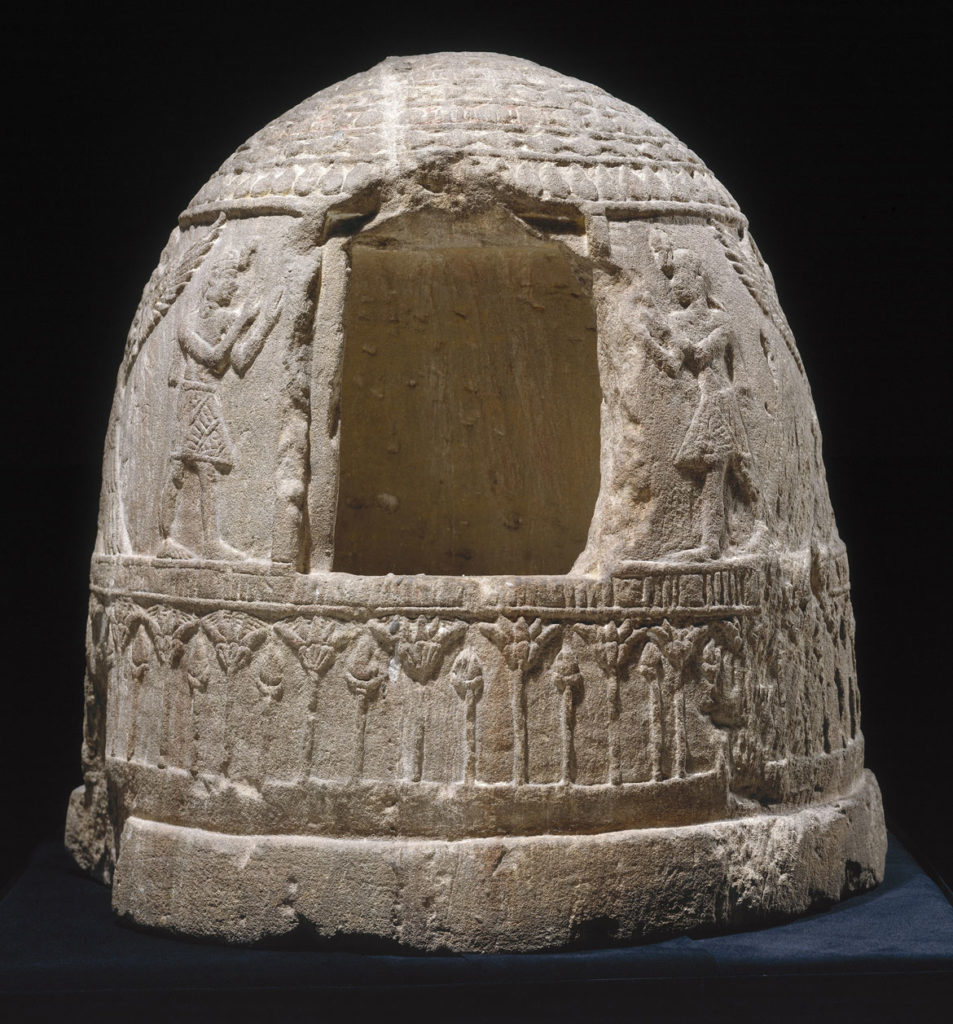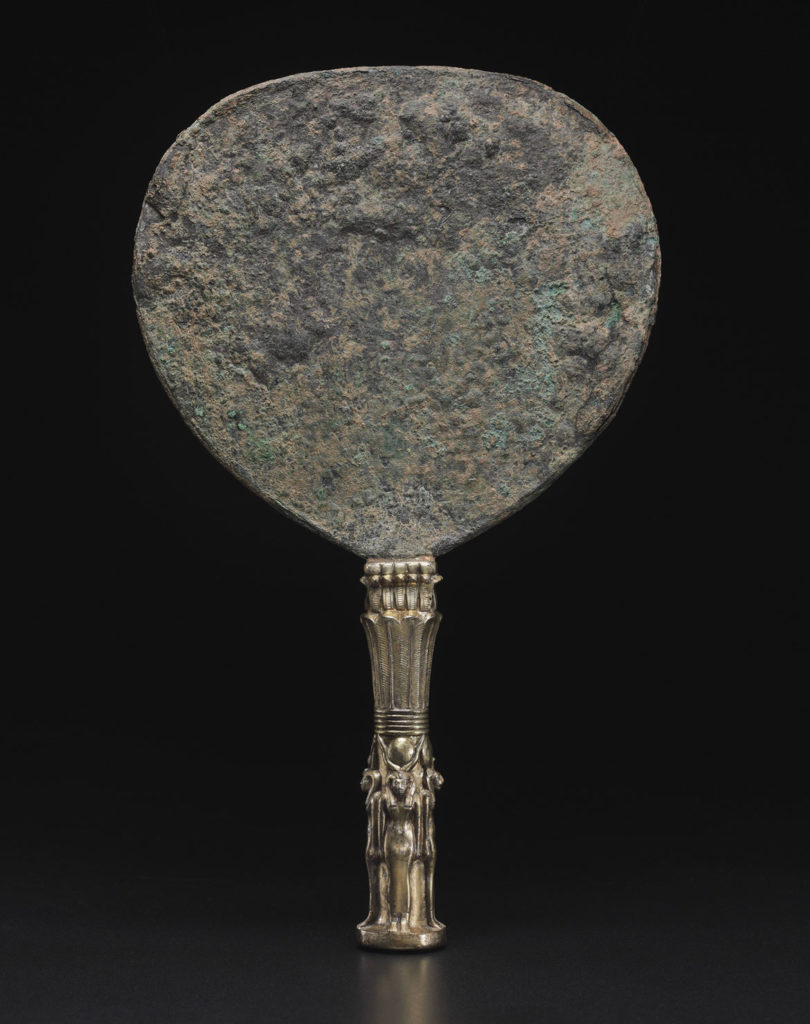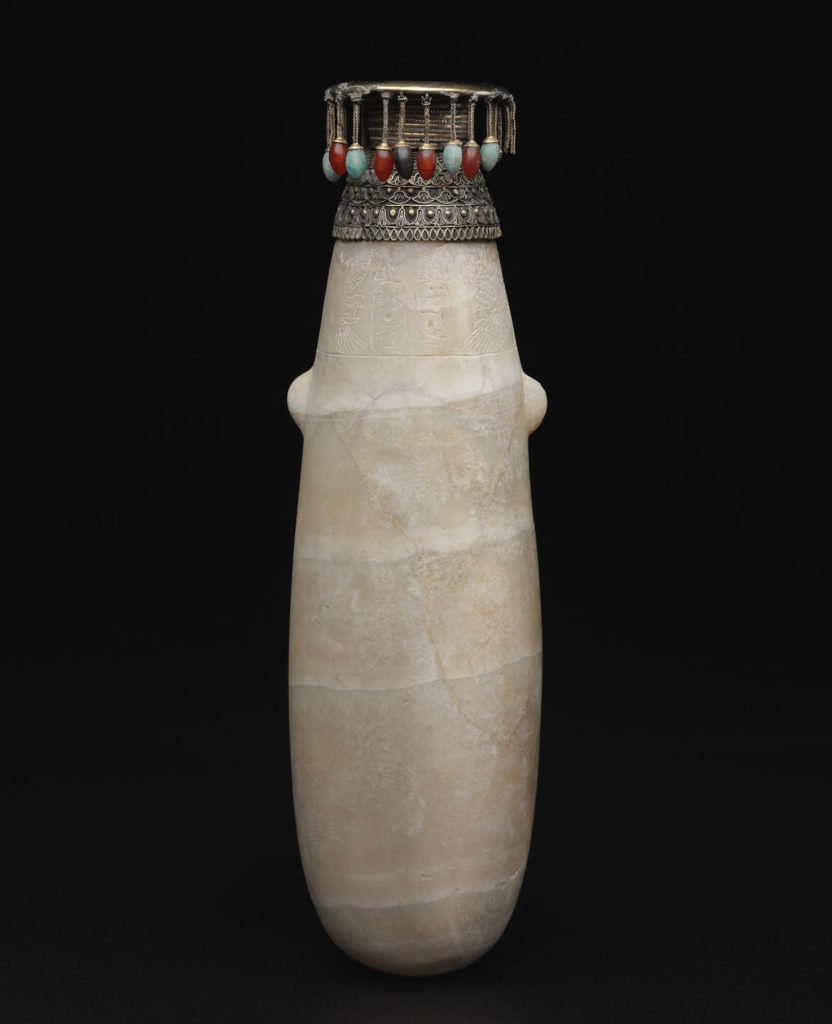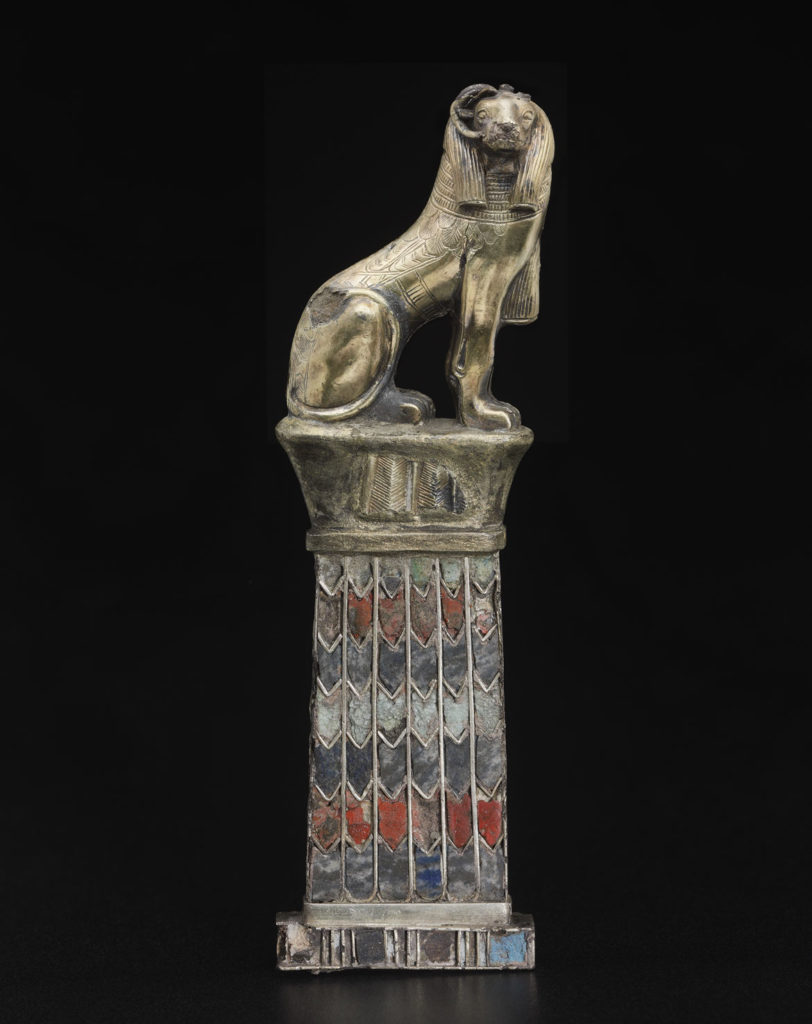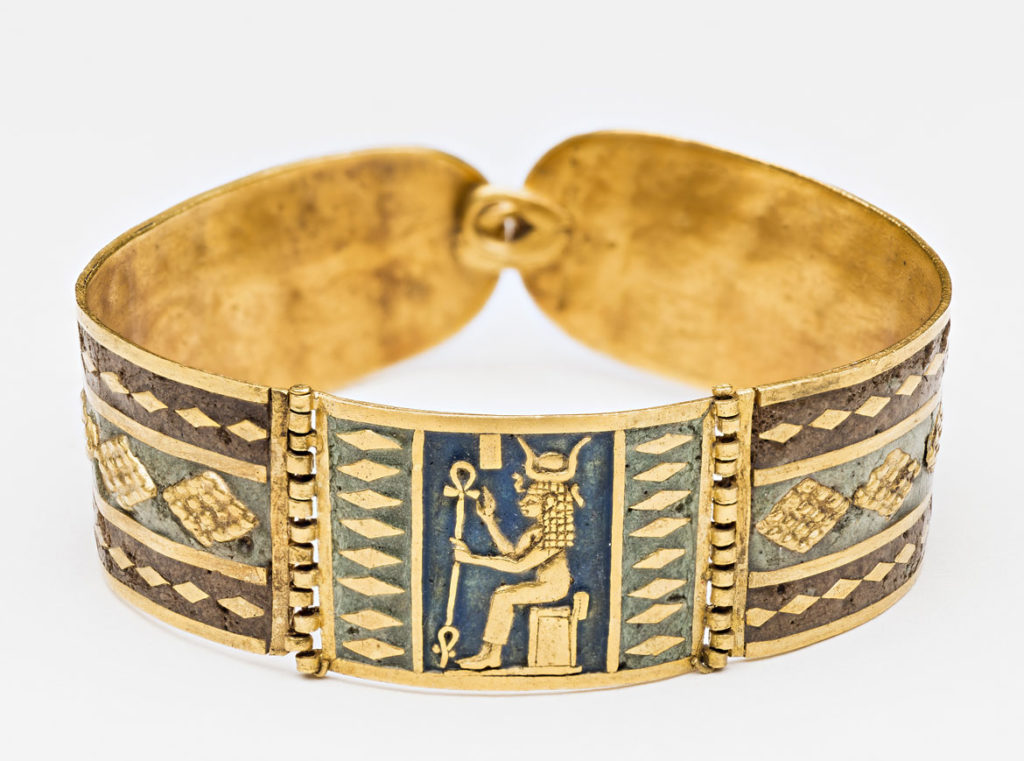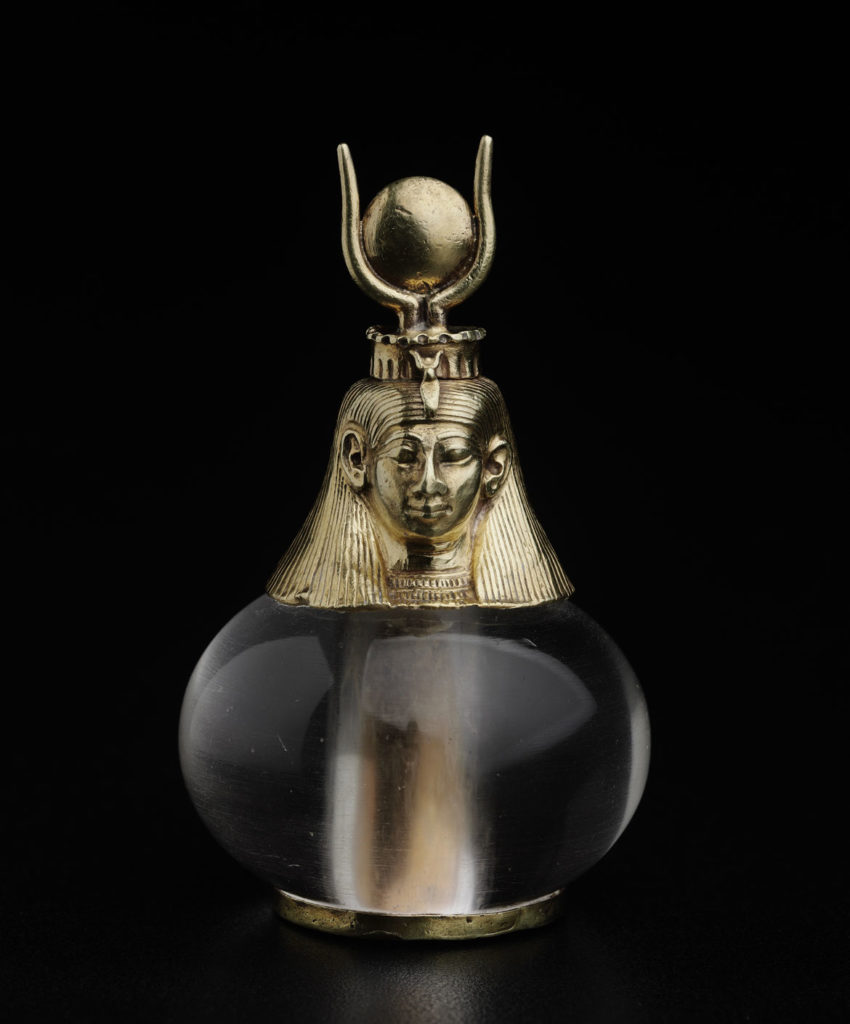“Ancient Nubia Now”—on view at Boston’s Museum of Fine Arts from Oct. 13, 2019, to Jan. 20, 2020—showcases treasures from ancient north African kingdoms that flourished along the Nile Valley region of Nubia. Located in what is today southern Egypt and northern Sudan, the area was known in antiquity as Kush. Nubia, as modern scholars call it, was a southern neighbor and rival to the ancient Egyptian dynasties. The two civilizations traded, intermarry, shared culture and ideas, while also vying for power over each other.
“Inspired by an increased appreciation of early African heritage, many African-Americans embrace Africa—and Nubia, one of the continent’s oldest civilizations, in particular—as a generalized ancestral legacy,” Edmund Barry Gaither, director of the Museum of the National Center of Afro-American Artists in Roxbury, writes in introduction to the exhibition. “Re-examining Nubia’s story will help enhance our understanding of Black heritage while assisting in the restoration of Africa to her place in world cultural history.”
This all has special resonance in Boston at the moment as the city recently renamed Dudley Square in Roxbury—the heart of Black Boston—to Nubian Square after a nonbinding referendum on the issue on the November ballot lost 46 to 54 percent across Boston, but was supported by two-thirds of voters in Roxbury. Mayor Marty Walsh backed the change and in December the city’s Public Improvement Commission voted unanimously to make the shift official.
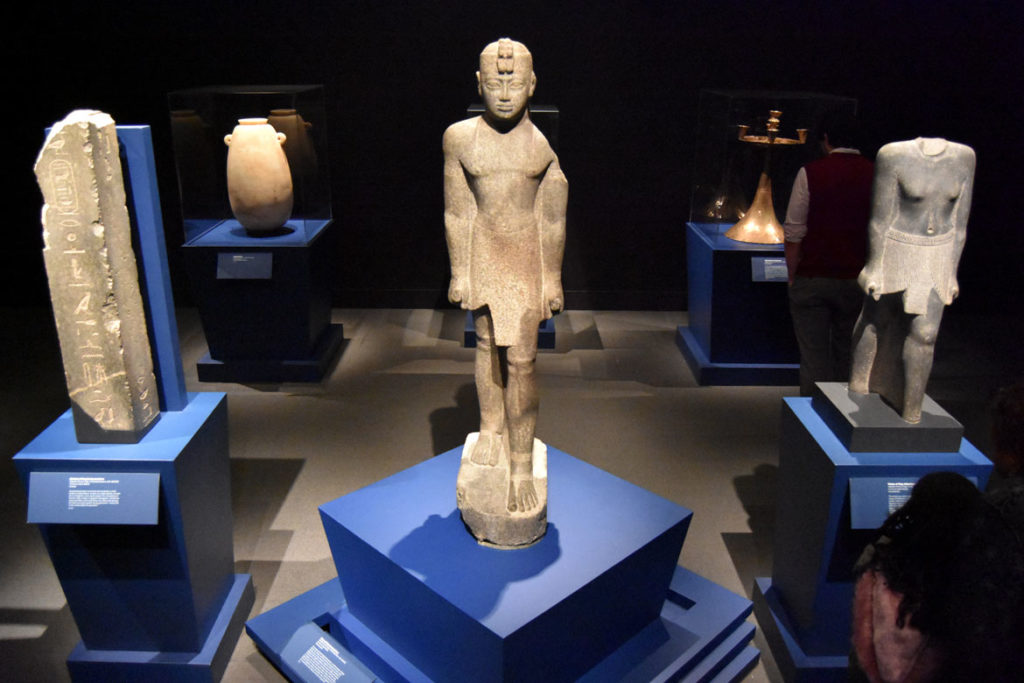
“Ancient Nubia Now” showcases 400 works of art from across thousands of years, all from the MFA’s collection. The exhibition displays evoke shrines or palaces or tombs. Jewelry, pottery and sculptures are displayed as if on raised daises or in vitrines in walls or columns. The rooms are often dim with spotlights illuminating the artifacts—gold radiant in the darkness or funerary figures glowing ghostly around the edges of the galleries. Nearly everything on view as excavated by the Harvard University-Boston Museum of Fine Arts Expedition between 1913 and 1932, with permission from British colonial rulers in Egypt and Sudan.
“In exchange for financing and performing the excavations, we received a portion of the finds, a standard practice at the time,” the museum writes. “Because of this history, the MFA’s collection of Nubian art is unrivaled by any museum outside Sudan in scope and quality.” But the collection has been little shown. “Only in 1992 did we open a dedicated Nubian gallery; that space closed in 2006, leaving just a handful of works on regular display.”
Moreover, the Museum of Fine Arts acknowledges that the racism of the project’s lead archaeologist, George Andrew Reisner, a curator of Egyptian art at the museum who oversaw its excavations in Egypt and the Sudan for decades, significantly contributed to misunderstanding and undervaluing Nubian history and culture.
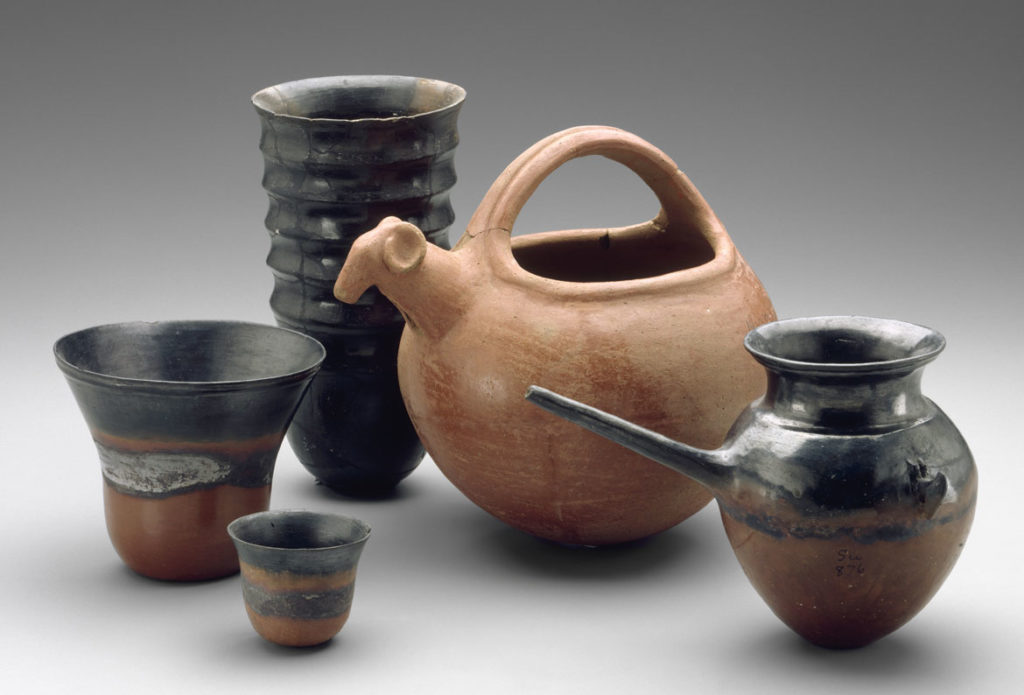
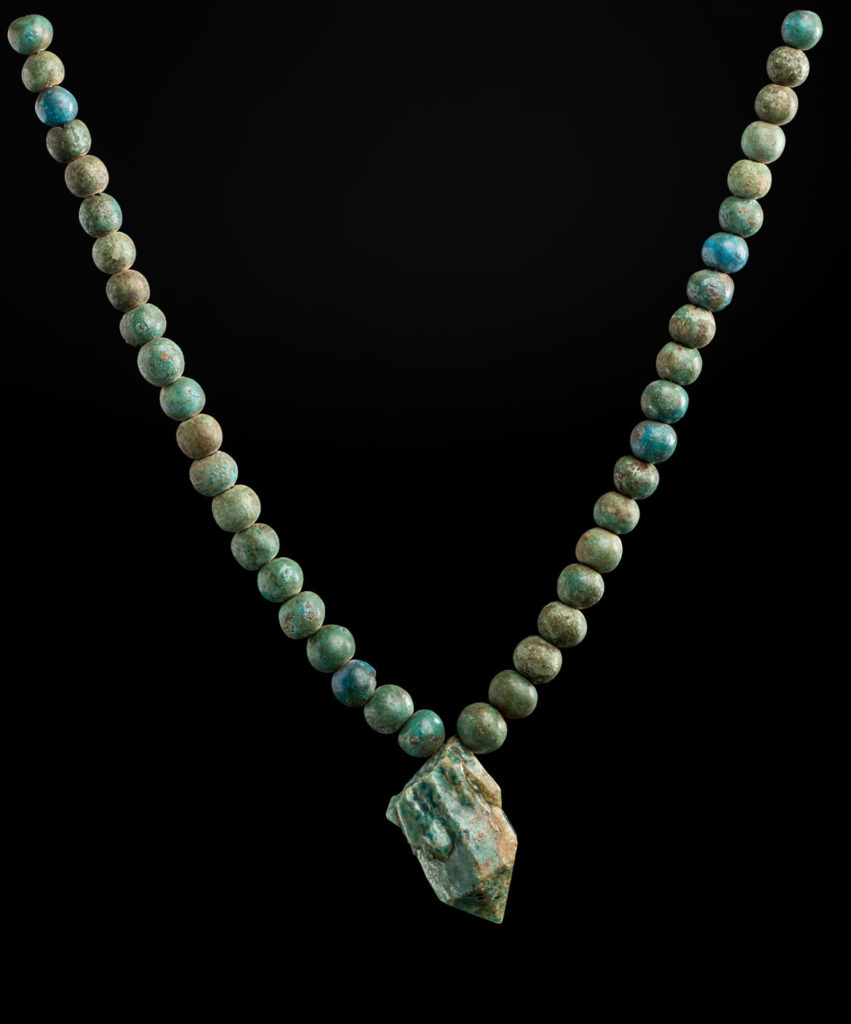
The Harvard University-Boston Museum of Fine Arts team began their Nubian excavations between 1913 and 1916 at a cemetery to the west of Kerma. Kerma rose from a fortified city around 2400 BCE to become the capital of a Nubian kingdom by 1700 BCE. A monumental mud-brick temple served as the focal point for this city of palaces, offices, workshops and homes.
The Harvard University-Boston Museum of Fine Arts Expedition found temples near the royal tombs at Kerma that were decorated with paintings and blue-glazed tiles depicting lions, hippos, processions of boats, defeated enemies. Deceased rulers had been laid to rest upon leather mats or wooden beds inside massive mounded tombs. The bodies were surrounded by sculpture, food, weapons, jewelry (they seem to have favored big, chunky beads), cosmetic equipment, ostrich feather fans, beaded leather clothing, caps inlaid with mica, pottery and the remains of animals and people, sacrificed to accompany them to the afterlife.
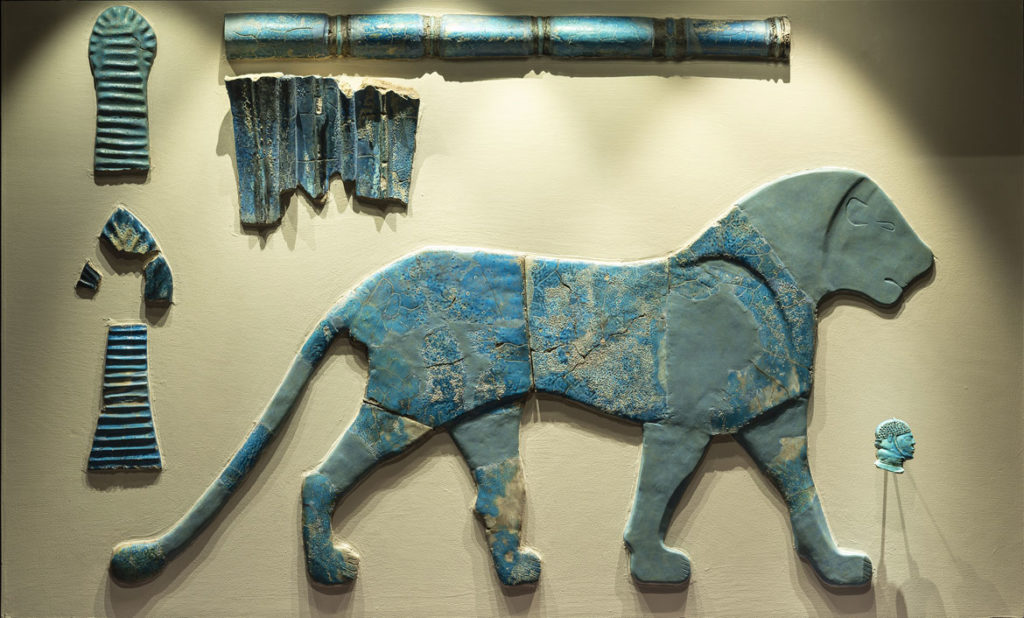
Nubians farmed and raised goats and sheep. “Throughout their history, the Nubians were famous for their skill in archery,” a sign explains. Kerma controlled gold mines and prospered from a trade network that stretched from the Nile Valley to central Africa t0 the Red Sea, giving it access to luxury goods like ivory, ebony, incense and cheetah skins.
But “like a number of Egyptologists in the early 20th century, [archaeologist George Andrew Reisner] believed that Africans south of Egypt were incapable of developing highly advanced civilizations,” the Museum of Fine Arts writes. His racism led to him wrongly conclude “that Kerma was an Egyptian outpost in Nubia, ruled by an Egyptian governor. Fine quality objects were attributed to Egyptian influence, while mundane ones were identified as Nubian. … He had it almost entirely backward. We now believe that an army from Kerma attacked Egypt, looted sanctuaries, and brought Egyptian objects … home as souvenirs and status symbols. They demonstrate Nubian success against Egypt, rather than the other way around.”
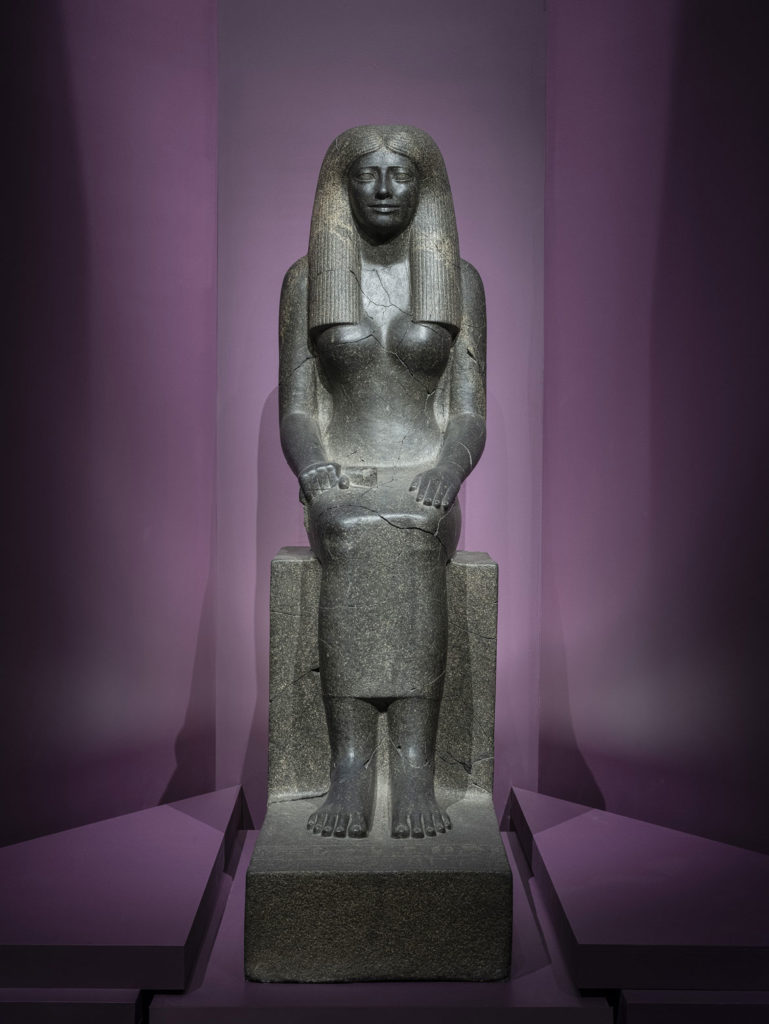
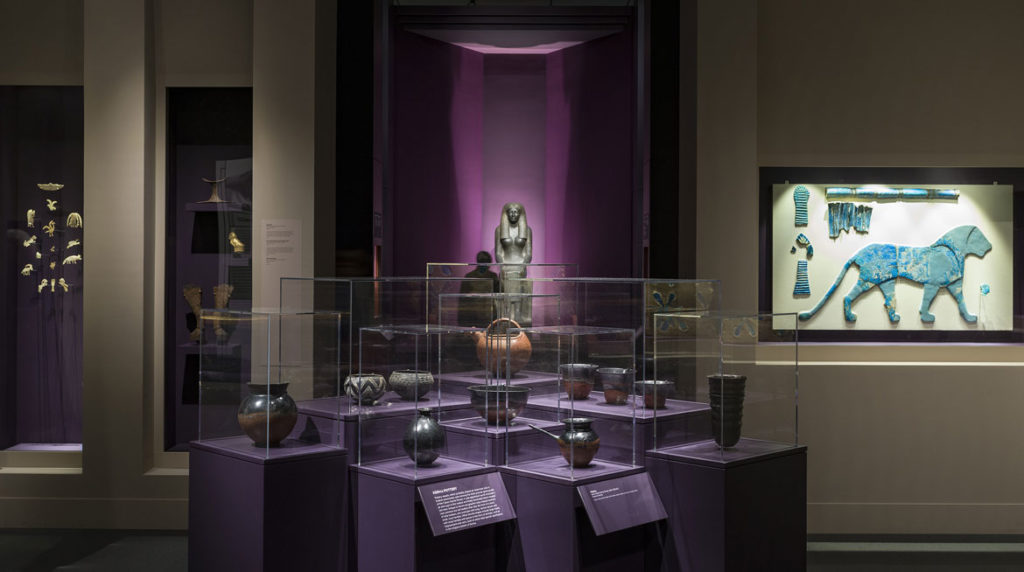
One Egyptian stone sculpture the archeologists found dates to 1971-1926 BCE. It depicts Lady Sennuwy, the wife of an Egyptian official. Centuries after it was crafted it ended up buried in the tomb of Kerma’s last ruler—perhaps a spoil of war—“along with hundreds of people who died to accompany their king into the afterlife.”
Subsequently, the Nubian capital was seized and burned by Egyptians in retaliation for the army of Kerma invading Egypt during the mid-16th century BCE.
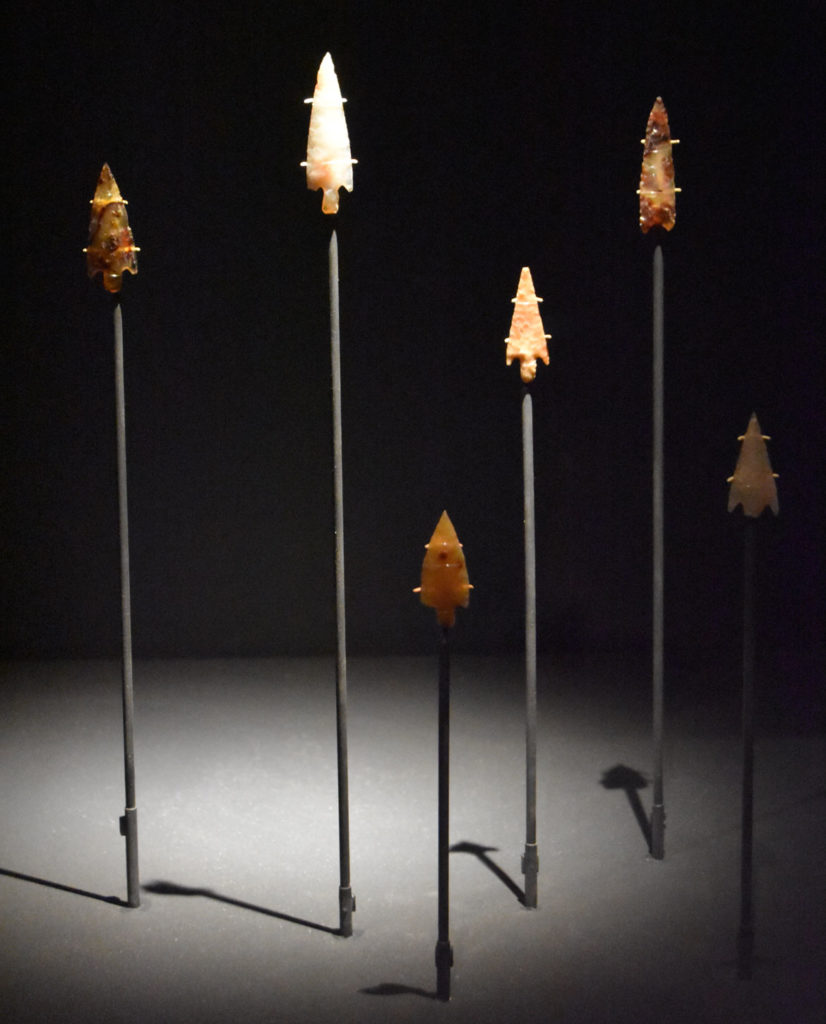
Egyptians had ruled northern Nubia from 2040 to 1640 BCE, building a string of fortresses to guard the frontier. Egyptian control waned with the rise of Kerma to the south. But from 1550 to 1070 BCE, Egyptian power rose in Nubia again, greatly expanding, to stretch near to present-day Khartoum.
Then the Nubian King Piankhy, who reigned from 743 to 712 BCE, conquered Egypt. Based at his capital of Napata, he and four successors “controlled one of the largest empires in antiquity,” the MFA writes, ruling as the 25th Dynasty. They embraced the Egyptian god Amen and “after being ruled by Egypt for 500 years, the Nubians now portrayed themselves as the true upholders of Egyptian religion.” Nubian kings claimed to be descended from the god, who was symbolized by a ram—a figure that appears frequently in the belief systems of societies that keep goats and sheep.
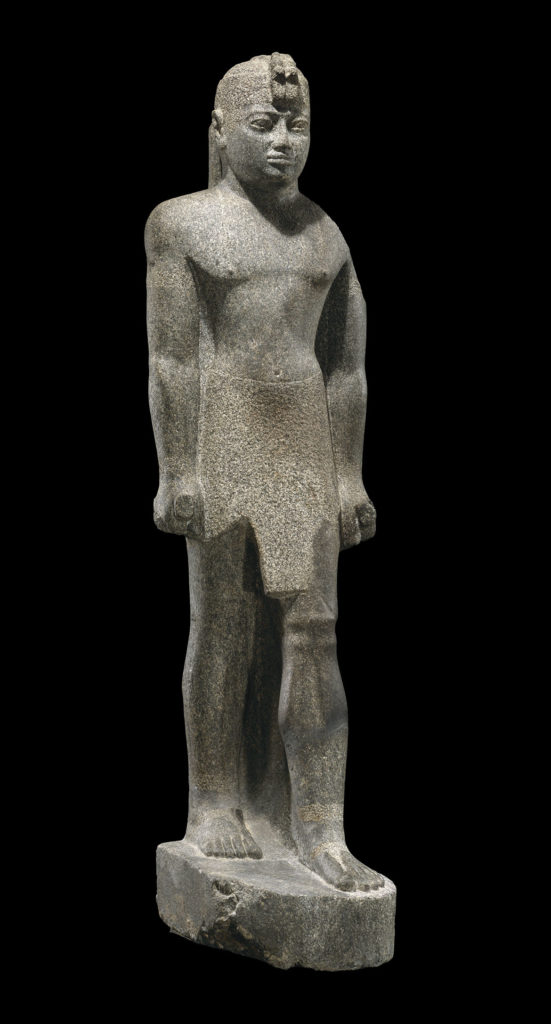
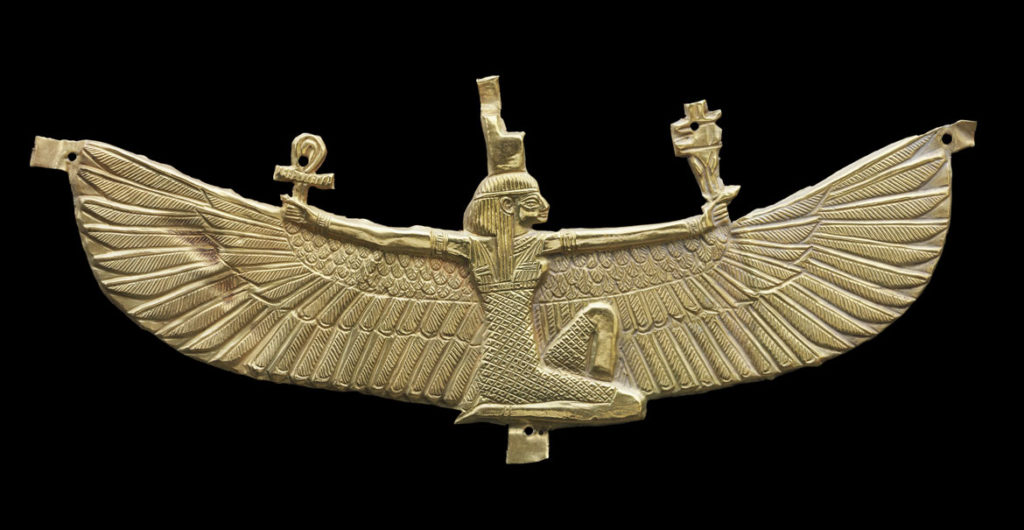
“Ancient Nubia Now” includes a statue of Nubian King (and prolific builder) Senkamanisken, who ruled from 643 to 623 BCE. He’s depicted stern-faced, striding forward. His stone kilt, headdress, jewelry and sandals were originally decorated with gold leaf. In the mummy wrappings of the Nubian King Amaninatakelebte, who reigned from 538 to 519 BCE, archeologists found sewn a dazzling golden pectoral (breast plate) depicting a winged woman. She represents Isis, wife of funerary god Osiris, who in the afterlife would bring the breath of life to the dead.
At first, Napata kings and queens were buried in pyramids at el-Kurru, just downstream from Nubia’s holiest site, Gebel Barkal, the “sacred mountain” where the god Amen was said to reside. The MFA reports, “While most of the pyramids have been quarried away and nearly all the tombs were robbed, some retained treasures.”
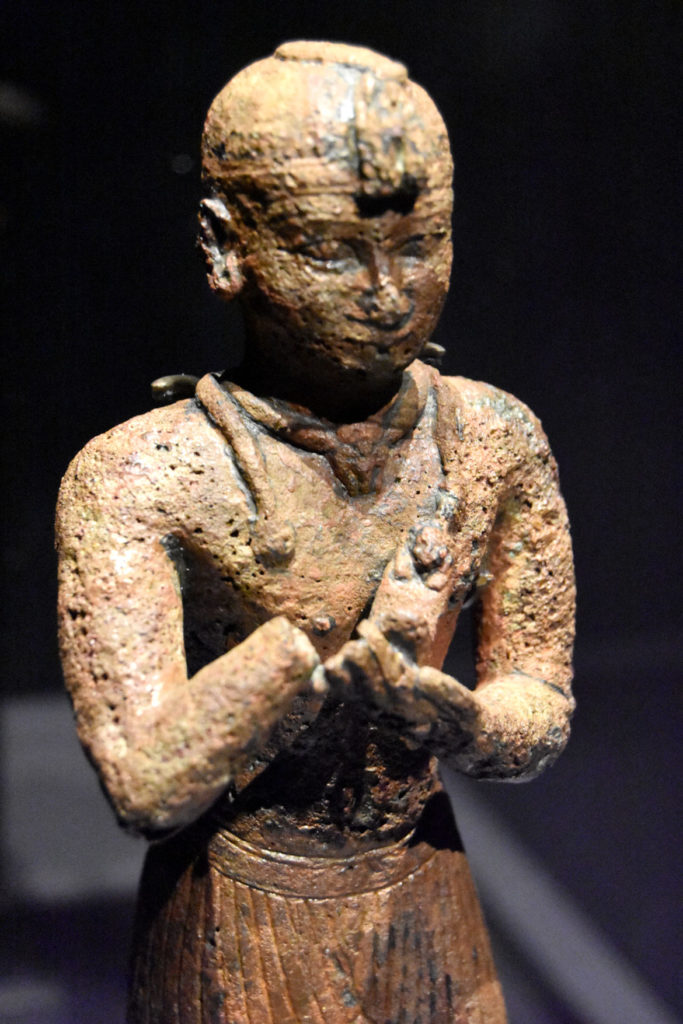

Travertine (Egyptian alabaster). From “Ancient Nubia Now” at Boston’s Museum of Fine Arts.
A small bronze statue depicts Taharqua, “Nubia’s most powerful king … under whom Nubia’s empire reached its greatest extent.” Made during his reign from 690 to 664 BCE, the king is shown wearing a distinctive cap-like headdress adorned with ribbon and a pair of uraeus cobras identifying him as ruler of both Nubia and Egypt. Taharqa selected Nuri as his final resting place. There, across the Nile from Gebel Barkal, he and later Nubian rulers were buried in pyramid tombs. Their coffins, crafted from gilded wood inlaid with semiprecious stones, have been lost to the elements and looting. But archeologists found funerary figurines, called shawabties (the names means “one who answers”), sometimes numbering in the hundreds, lining the walls as guardian sentinels for the afterlife.
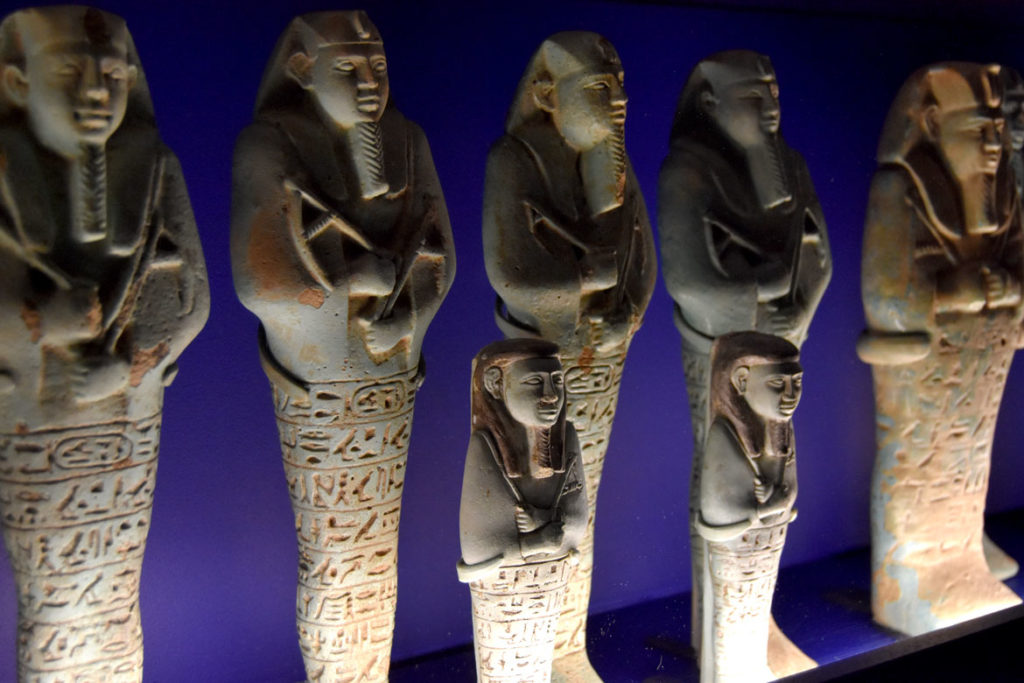
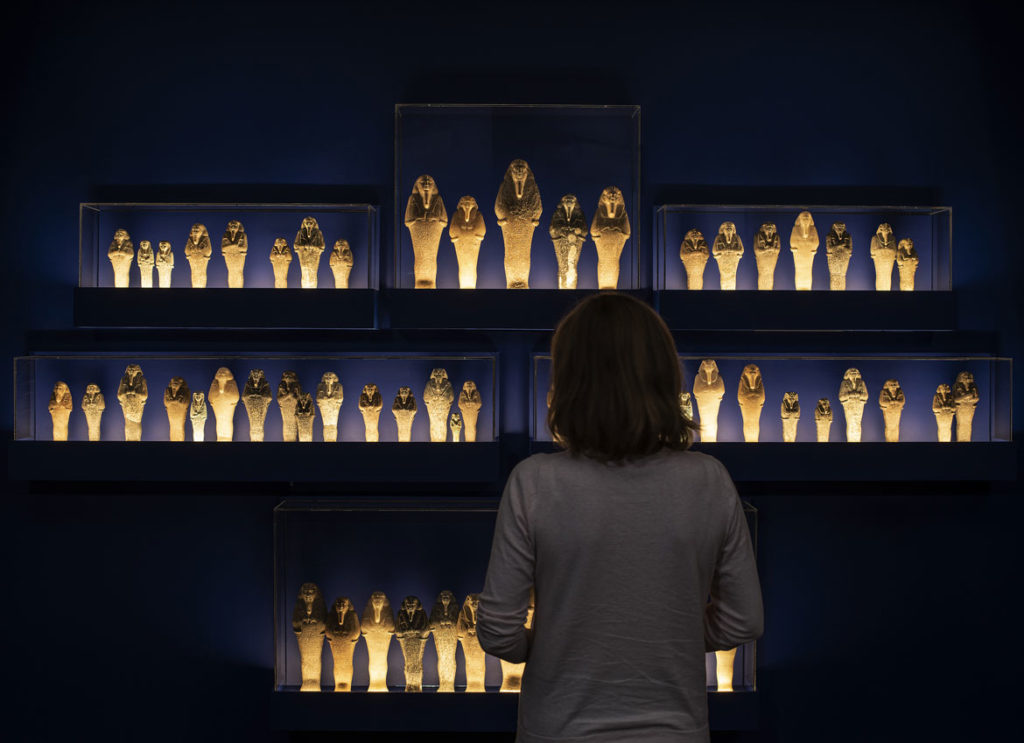
The exhibition concludes with what the Harvard University-Boston Museum of Fine Arts archaeologists uncovered at Meroe. Nubian leaders moved their capital south to this ancient city by the 4th century BCE and ruled there for more than 600 years—even repelling an invasion by ancient Romans.
A 5-foot-tall granite gneiss stone stele found at Gebel Barkal dating to the Meroitic period, 180-140 BCE, is topped by a carving of King Tanyidamani, standing upon a vanquished enemy. The inscription below in Meroitic may record military victories and subsequent gifts to the king—though historians remain unsure as it’s “a language still not fully translated.”
If this is the kind of coverage of arts, cultures and activisms you appreciate, please support Wonderland by contributing to Wonderland on Patreon. And sign up for our free, weekly newsletter so that you don’t miss any of our reporting.

